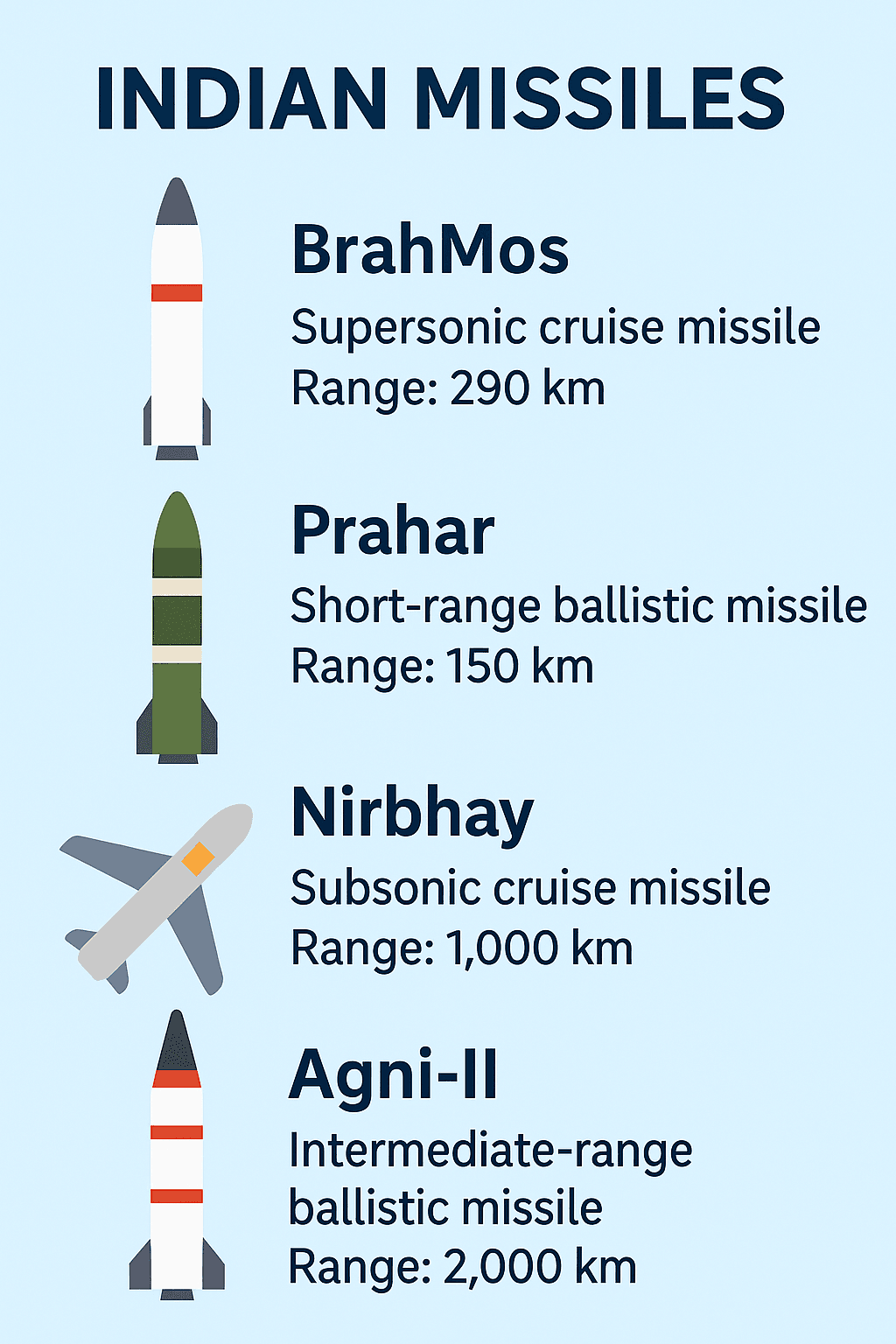Introduction: The Rise of In-House Silicon
In an era dominated by Apple’s A-series chips, Qualcomm’s Snapdragon giants, and MediaTek’s surging Dimensity lineup, Xiaomi has made a powerful entrance with its first custom-designed system-on-chip (SoC): the Xring 01. Developed in-house and fabricated on TSMC’s cutting-edge 3nm process (N3E), this chip signals Xiaomi’s ambition to join the elite club of self-reliant tech titans.
- Introduction: The Rise of In-House Silicon
- Performance at the Pinnacle: Benchmark Beast
- Flagship Chipset Comparison
- Engineering Prowess: Smaller Die, Smarter Design
- YouTuber Deep Dives: Real Voices from Tech Community
- The App Optimization Gap: American Ecosystem Blind Spot
- Devices Featuring Xring 01
- Geopolitics: A High-Tech Power Statement
- Final Verdict: Xiaomi Arrives
- The Bigger Picture
But is the Xring 01 just a vanity project, or does it truly compete with the industry’s best? Early benchmarks, real-world performance, and tech community reactions suggest the answer leans heavily toward the latter.
Performance at the Pinnacle: Benchmark Beast
The Xring 01 boasts a 10-core CPU with a unique configuration:
2x ARM Cortex-X925 (@ 3.9 GHz)
6x Cortex-A725 (4 performance @ 3.4 GHz, 2 efficiency @ 1.9 GHz)
2x Cortex-A520 efficiency cores (@ 1.8 GHz)
Pair this with a 16-core Arm Immortalis-G925 GPU, a 6-core NPU capable of 44 TOPS, and LPDDR5T + UFS 4.1 support, and you’re looking at a genuine flagship-grade architecture.
Benchmarks:
AnTuTu v10: Xiaomi claims ~3.0 million points. Independent tests clocked it between 2.6 – 2.8 million, slightly ahead of the Snapdragon 8 Gen 3 (Elite Edition) and Dimensity 9400, and trading blows with Apple’s A18 Pro.
Geekbench 6:
- Single-core: ~3,100
- Multi-core: ~9,700
GPU Compute Score:
~20,900 (Snapdragon 8 Elite scores ~24,000)
Verdict:
In synthetic benchmarks, Xring 01 is firmly in the flagship league, often leading or narrowly trailing the best.
Flagship Chipset Comparison
| Feature | Xring 01 | Snapdragon 8 Gen 3 (Elite) | Dimensity 9400 | Apple A18 Pro | Google Tensor G4 |
|---|---|---|---|---|---|
| CPU | 10-core (2x X925 @ 3.9GHz) | 8-core (1x X4 @ 3.3GHz) | 10-core (1x X4 @ 3.4GHz) | 6-core (2x Performance) | 9-core (1x Cortex-X4) |
| GPU | 16-core Immortalis-G925 | Adreno 750 | Mali-G720 MC12 | Apple GPU (5-core) | Mali-G715 |
| NPU / AI | 6-core (44 TOPS) | Hexagon AI (45 TOPS) | APU 7.0 (~40 TOPS) | 16-core Neural Engine | TPU v5 lite |
| AnTuTu Score | ~2.8M | ~2.4M | ~2.5M | ~2.7M | ~1.5M |
| Geekbench (Multi-core) | ~9700 | ~8600 | ~9200 | ~9500 | ~5200 |
| Process Node | TSMC 3nm (N3E) | TSMC 4nm | TSMC 4nm | TSMC 3nm | Samsung 4nm |
| 5G Modem | ❌ External | ✅ Integrated | ✅ Integrated | ✅ Integrated | ✅ Integrated |
| Real-World Use | 🏆 Excellent | 🔥 Great | 💪 Very Good | ⚡ Extremely Fast | 📉 Average |
Engineering Prowess: Smaller Die, Smarter Design
At just 109 mm², the Xring 01 packs approximately 19 billion transistors, putting it ahead of Apple A18 Pro (~110 mm²) and much more compact than the Dimensity 9400 (~126 mm²).
However, one notable absence is a System-Level Cache (SLC), which could have enhanced memory efficiency and thermal consistency. This was a conscious trade-off, likely to save die space and cost for a Gen-1 design.
Despite this, thermal performance in gaming and sustained workloads has impressed early reviewers.
YouTuber Deep Dives: Real Voices from Tech Community
Tech reviewers and enthusiasts have not held back their excitement:
Geekerwan:
Lauded Xiaomi’s efficient use of 3nm and compact layout; confirmed cache structure via die shots.
Golden Reviewer:
Compared real-world gaming performance with Snapdragon 8 Gen 3 and Dimensity 9400; Xring 01 managed to outperform in CPU-bound scenarios.
TechTablets:
Noted the Xiaomi 15S Pro (first phone with Xring 01) remained cool during stress tests and rendered 8K video smoothly.
Many videos also highlighted Xiaomi’s refined scheduling and thermal throttling management—something first-gen chips usually struggle with.
The App Optimization Gap: American Ecosystem Blind Spot
Despite all the raw power, Xring 01 has a soft spot: optimization with American-developed apps.
Due to its unique core configuration and lack of ecosystem-level support, many U.S.-based apps (especially those relying on AI/ML acceleration or proprietary APIs) perform inconsistently. For instance:
Google Photos’ Magic Eraser lags more than on Snapdragon or Apple chips.
Instagram and Snapchat camera filters have occasional jitter.
Some high-performance games are capped at 60Hz or render at lower resolutions.
Xiaomi has acknowledged this and promised tighter collaboration with developers. However, until broader developer support is ensured, these quirks may remain a sticking point for international users.
Devices Featuring Xring 01
The Xring 01 made its debut in Xiaomi’s flagship 15S Pro, showcasing its performance potential in real-world usage. It is also featured in the Xiaomi Pad 7 Ultra, marking its expansion into high-performance tablets. More devices, including AI-focused smartphones and smart displays, are expected to follow as Xiaomi scales its in-house silicon ecosystem.
Geopolitics: A High-Tech Power Statement
The Xring 01 is more than a chip—it’s a geopolitical message. With growing pressure on China to reduce reliance on foreign tech, Xiaomi’s chip design independence aligns with the national strategy of tech self-sufficiency.
However, this also brings challenges:
Sanctions Risk: U.S. export restrictions on AI chips and design software loom.
Trust Barrier: Western governments and enterprises may resist adoption due to perceived security risks.
Supply Chain Fragility: Any shift in TSMC policy (under U.S. influence) could disrupt access to 3nm manufacturing.
That said, China’s long-term goal of silicon sovereignty just got a huge push forward with Xring 01.
Final Verdict: Xiaomi Arrives
The Xring 01 is a triumph—a Gen-1 chip that punches at the level of industry giants. Xiaomi has proven it can design powerful, efficient, and commercially viable silicon. While there are optimization issues and geopolitical clouds overhead, the foundation is solid.
Pros:
- Competitive or superior performance vs flagship SoCs
- Compact and efficient design
- Powerful NPU and GPU
- Strong thermal management
Cons:
- Weak app optimization (especially Western apps)
- No integrated modem (higher 5G power draw)
- Possible political resistance in Western markets
The Bigger Picture
This isn’t just about specs. The Xring 01 marks Xiaomi’s transformation from hardware assembler to platform architect. And that changes the game.
#TheNewsDrill will continue to track Xring’s evolution. Stay tuned for deeper reviews, device comparisons, and geopolitical analyses around this silicon disruptor.
Follow us for more updates and analysis on frontier tech.















